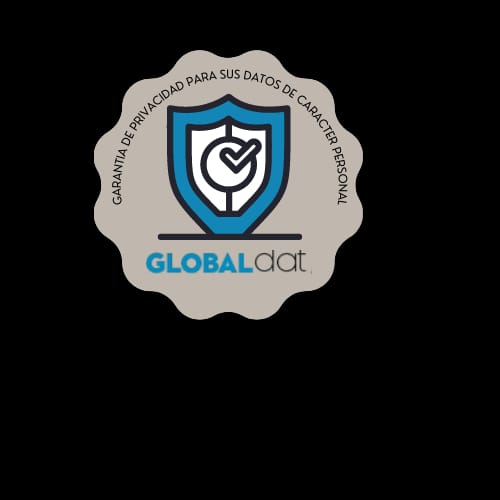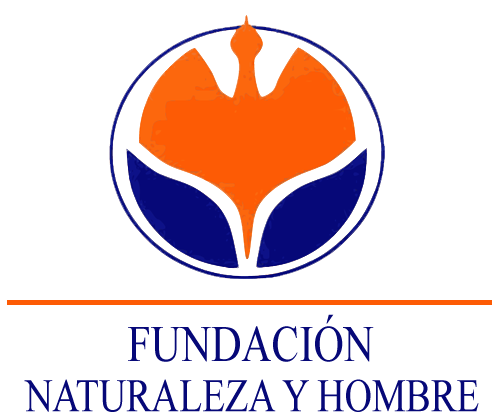- LIFE Miera
- LIFE en acción
- Recursos
- Proyectos LIFE+
- Trabajo en red
- English version
- Contacto
Preparatory Actions
A.1: Identification and mapping of populations of Woodwardia radicans
Woodwardia radicans is a pteridophyte known as píjara, which survives in the Macaronesian region, where it was relegated from the Tertiary or Cenozoic, about 2 million years ago. That is why it tends to appear in ravines on the banks of rivers and streams, riparian forests, gorges, always in the shade and at low altitude.
Through this action, a detailed sampling of the banks that present a priori greater capacity of reception for this species will be carried out. The inventories will be georeferenced and precise data will be taken about the ecology and the physical characteristics of the place. The conservation status of the habitat and its potential threats will be evaluated. In addition, potentially interesting habitats will be inventoried for reintroduction.
A.2. Identification of populations and habitats of Lucanus cervus and Coenagrion mercuriale
Lucanus cervus is listed in the 3 Cantabrian SCIs of actions, while Coenagriun mercuriale appears in the SCIs Río Miera and Dunas del Puntal and Estuary del Miera. In both cases they are insect species with low and fragmented populations at European and local level, but in both species, and as with a large number of insect species, more is unknown than reliable data.
Coenagrion mercuriale prefers small streams, sunny side and clean environment. It is also located in streams and irrigation canals, with slow water current, all abundantly covered with low-lying herbaceous vegetation. In the Iberian Peninsula it has also been found in reservoirs, and in the Cantabrian coast it is also found in standing waters systems, such as ponds and lagoons. It is a species that can live in forests, but that it is more usual at the clearings within the forests.
The action will consist of carrying out direct and indirect sampling of both species in selected areas for presenting the most suitable characteristics for their life cycle. The study will determine the areas where the best populations and the most interesting habitats for these species are found.
A.3. Search for Land Stewardship Agreements
A large part of the conservation actions will be carried out on public and private lands, so in addition to obtaining the permits, the project proposes to reach land stewardship agreements with the owners of the lands, whether public or private territory. These land stewardship agreements will be the guarantee that the conservation works that are carried out will last in time, once the project is finished.
The Land Stewardship will be the tool of environmental management. This has as a central pillar the will of two parties (owner and land stewardship entity) to perform actions of nature conservation in the territory from the social initiative.
A.4. Drafting of construction projects for adaptation of water jumps
The Miera River today has water jumps that prevent or hinder the migration of salmonids upstream. This project action will consist in the drafting of projects to eliminate the barrier posed by the water jumps located on the Miera River as it runs through Lierganes village (Cantabria).
These projects will consider the construction of a scale for fishes, which will allow to overcome the unevenness upstream, for this purpose the most appropriate measures will be proposed to minimize the environmental impact and guarantee the use by the salmonids species (trout and salmon).
A.5. Drafting of restoration projects for peatlands and forest ecosystems
The conservation actions of the project include the restoration of peatlands and forests in mountain areas (SCI Montaña Oriental and SCI Montes de Valnera). This action will consist in the drafting of the necessary and mandatory technical projects to make improvements in the territory.
OFICINAS CENTRALES FNYH
Dirección: Av. De España Nº 25 Entlo, 39610 El Astillero Cantabria
Tlf: 942 55 91 19 / 679181483
fundacion@fnyh.org
DELEGACIÓN PARA PORTUGAL
Dirección: Rua do Conde de Redondo 8-5º dt 1150-115 Lisboa Tlf: (++351) 919 784 981 crc@erena.pt
CASA DE LA NATURALEZA-MARISMAS DE ALDAY
Dirección: C/ Alday (junto al parking de Valle Real), Maliaño, Cantabria
Tlf: 679 181 472
educacionambiental@fnyh.org
DELEGACIÓN PARA SUDAMÉRICA
Iguazú iguazuconservation@fnyh.org
ECOMUSEO-FLUVIARIUM DE LIÉRGANES
Dirección: C/ Camino Real, 9, 39722 Liérganes, Cantabria
Tlf: 942 52 81 96
fluviarium@fnyh.org
DELEGACIÓN PARA ÁFRICA
Tanzania fundacion@fnyh.org
VIVERO Y CENTRO ETNOBOTÁNICO EL PENDO
Dirección: 39609 Camargo, Cantabria
Tlf: 942 25 88 08
vivero@fnyh.org

ESTACIÓN BIOLÓGICA CAMPANARIOS DE AZABA
Dirección: Camino de La Alamedila, SN 37497 Espeja, Salamanca
Tlf: 923481401
campanarios@fnyh.org
